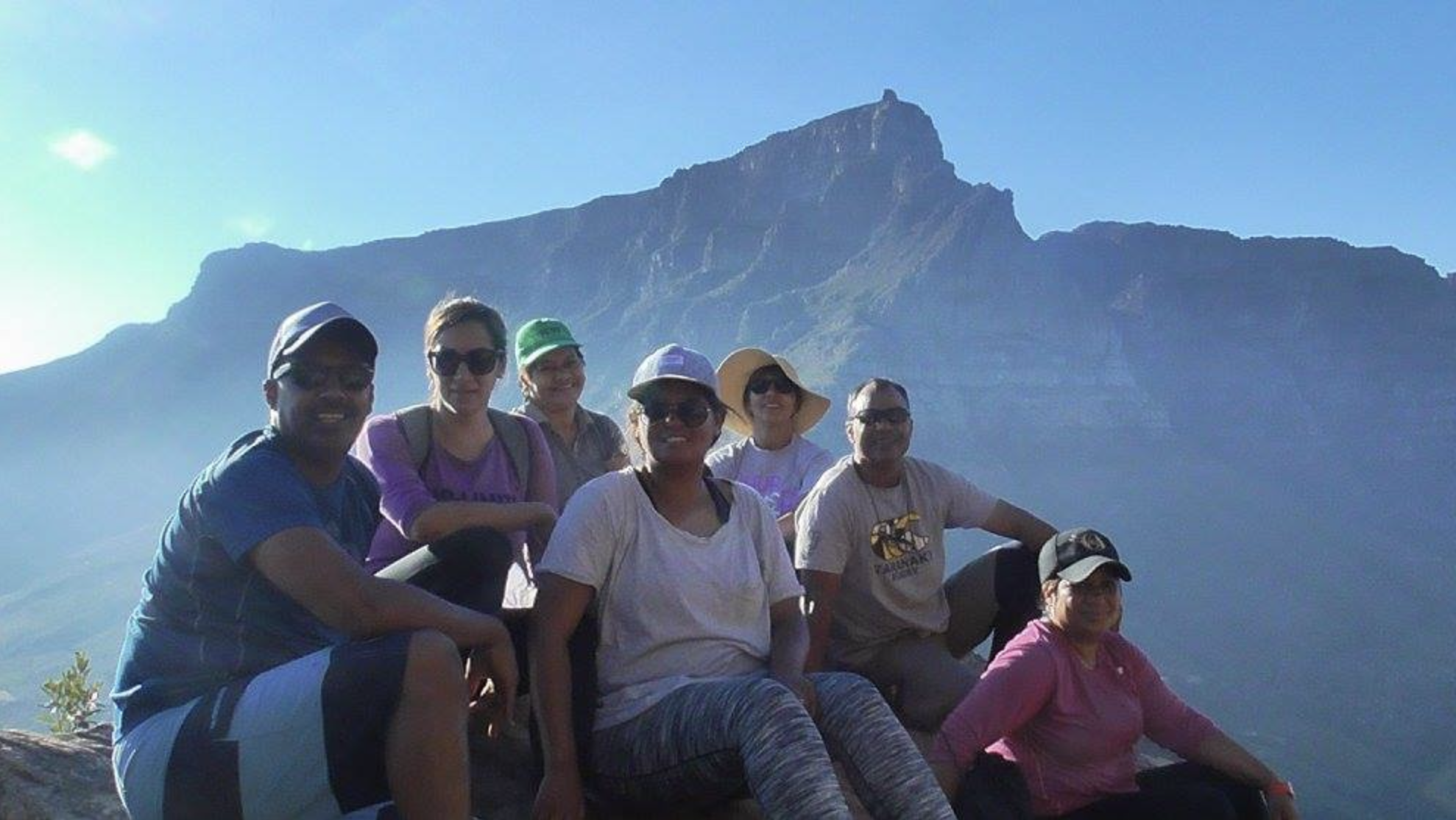Cape Town Mapping Submission: Achmat Esau - Table Mountain
Continued from the Cape Town Museum Mapping Project…
I grew up in the shadow of Table Mountain. It greeted us when we woke up, watched over us as the day rolled on and said goodbye to us as the sun set or the floodlights illuminating it at night, were switched off. This gigantic guardian was a constant reminder of the Creator’s majestic powers. As kids we only knew it as Table Mountain and “Tafelberg” as taught by our families & teachers. The mysterious myth and legend of Van Hunks and the Devil added that extra enticing component to a natural phenomenon which defines Cape Town. Table Mountain and the surrounding areas are also famous as the “hiding places” and settlements which offered a refuge for our Muslim forefathers at the Cape who escaped imperial and colonial slavery and oppression. It made us proud of our heroic heritage and boosted our self-worth during the days of Apartheid when we were treated as second-rate citizens. Later we learnt that this mountain was known to the indigenous people as Hoerikwaggo or “mountain in the sea”. It goes without saying, that our adventures and escapades as youth involved the exploration of the mountain.
It also provided our home with sustenance in the form of firewood collected with my grandfather on a regular basis. I remember our childhood activities included time spent trying to count from a distance the shining and moving cars which the tourism season brought. The vivid memories of setting traps to catch pigeons, guinea fowls and the endless rocks turned over to catch mole snakes and scorpions are etched in my memories. On windy days we would marvel at the speed the “tablecloth” engulfed the mountain. Mountain fires would instil fear and anxiety as we had front row seats as these unfolded in horror from our doorstep. We gaped at the gushing waterfalls which appeared so quickly during the rainy winter months. As an aspiring artist, I spent hours trying to get the perfect shape and proportions of the mountain in my many sketches. During the hot summer nights the gigantic lights would aluminate the forms and shapes of the rocks and boulders, throwing mysterious shadows which bewildered our imagination. Many a holiday evening the Table Mountain lights switching off would be an indication of a delayed bedtime!
As a passionate rugby player I tested my fitness against the mountain in my playing days and it motivated me to higher levels. Needless to say, the mountain was always the victor. During my teenage years the mountain served as a favourite rendezvous for Suraya and I. As a beginning teacher I took the opportunity to introduce my students to the experience of the mountain. The majority had only seen the mountain from afar and absolutely loved the experience.
Our dogs were raised in these mountainous areas and revelled at the freedom of exploring Table Mountain, Signal Hill, Lion’s Head and Devil’s Peak. The many years spent with them are invaluable memories of life with our loyal canine companions.
We introduced both our children to the mountains of Cape Town from an early age. They quickly learnt to love the time spent on the many walks. This ingrained attachment drew them to the mountain on our annual visits to Cape Town. They even went a step further, and engaged in face climbing escapades on Table Mountain.
Table Mountain and the surrounding areas were holy ground which housed our Kramats (shrines that honours a holy person in Islam, particularly in South Africa) and was a testimony to the survival of the early Cape Muslims and Islam.
When we decided to leave the shores of South Africa the thought of not having Table Mountain as a visible guardian struck a nerve.
To the indigenous peoples of Aotearoa New Zealand, the Maori, Maunga (Mountains) are central to the their spiritual and cultural identity. Mountains are regarded as Tūpuna (ancestors) and as living entities with mauri (life force) and wairua (spirit).
This idea immediately resonated with me as I was introduced to Maori protocols and beliefs.
Each visit and return to Cape Town included a number of days spent on Table Mountain and surrounding areas. The “homecoming” to our mountain each time we return to the shores of Africa remains a special ritual which is not neglected.
The Holy Qur’an has drawn our attention to an especially important geological function of the mountains. The Verse reads…
"وَجَعَلْنَا فِي الْأَرْضِ رَوَاسِيَ أَن تَمِيدَ بِهِمْ"
We (Allah) placed firmly embedded mountains on the earth, so it would not move under them…). Surah: 21, Verse: 31.

